I am happy @TheEconomist decided to knight me with a quote - but even happier the text is so nuanced. Yes, we did well in many ways. But there is a long way to go. Thread on #integration of #refugees in  https://abs.twimg.com/emoji/v2/... draggable="false" alt="🇩🇪" title="Flagge von Deutschland" aria-label="Emoji: Flagge von Deutschland"> 1/12 @tom_nuttall @MercatorDE https://amp.economist.com/europe/2020/08/25/five-years-after-wir-schaffen-das-germanys-migrants-are-integrating">https://amp.economist.com/europe/20...
https://abs.twimg.com/emoji/v2/... draggable="false" alt="🇩🇪" title="Flagge von Deutschland" aria-label="Emoji: Flagge von Deutschland"> 1/12 @tom_nuttall @MercatorDE https://amp.economist.com/europe/2020/08/25/five-years-after-wir-schaffen-das-germanys-migrants-are-integrating">https://amp.economist.com/europe/20...
Good news on employment: 5 years after arrival, half of protection seekers are in jobs. But, unsurprisingly, the #gender gap is huge: women are only half as likely to work as men. 2/12 Source: @iab_news http://doku.iab.de/kurzber/2020/kb0420.pdf">https://doku.iab.de/kurzber/2...
More than half of protection seekers work in skilled jobs, but a large share (44%) still in unskilled jobs. So they have a long way to catch up with native Germans (13%) or to where they were before fleeing their country (16%). 3/12 Source: @iab_news http://doku.iab.de/kurzber/2020/kb0420.pdf">https://doku.iab.de/kurzber/2...
Good housing news: 75 % of protection seekers had moved out of communal living arrangements into private apartments/houses in 2018, up from 54% in 2016. But: Ppl in deferred deportation or in process fare worse than those approved. 4/12 @BAMF_Dialog #page=3">https://www.bamf.de/SharedDocs/Anlagen/DE/Forschung/Kurzanalysen/kurzanalyse5-2020-wohnen.pdf?__blob=publicationFile&v=7 #page=3">https://www.bamf.de/SharedDoc...
Same with residency restrictions: Most approved asylum seekers are free to move where they want (less than 3 in 10 affected), but most others are not (8 in 10 people with deferred deportation have to stay within their community, nearly all of them within their Bundesland). 5/12
The take-away: Your legal status is a strong factors that can help or hinder your #integration success. People in Duldung (more than 200,000) have notably worse integration outcomes than those approved... 6/12
...even though many of them will stay in Germany for a long time. This legal limbo is bad for the people in Duldung AND bad for Germany. 7/12 Source @dgapev  https://abs.twimg.com/emoji/v2/... draggable="false" alt="👉" title="Rückhand Zeigefinger nach rechts" aria-label="Emoji: Rückhand Zeigefinger nach rechts"> https://dgap.org/de/forschung/publikationen/deutsche-rueckkehrpolitik-und-abschiebungen">https://dgap.org/de/forsch...
https://abs.twimg.com/emoji/v2/... draggable="false" alt="👉" title="Rückhand Zeigefinger nach rechts" aria-label="Emoji: Rückhand Zeigefinger nach rechts"> https://dgap.org/de/forschung/publikationen/deutsche-rueckkehrpolitik-und-abschiebungen">https://dgap.org/de/forsch...
The impact on children? 1 in 5 Syrian kids (19%) attends Gymnasium (on-ramp into tertiary ed+a career), but only 1 in 10 Afghans (10%).One reason-among others-for this gap: Syrians are much likelier than Afghans to have safe legal status. 8/12 @BAMF_Dialog #page=7">https://www.bamf.de/SharedDocs/Anlagen/DE/Forschung/Kurzanalysen/kurzanalyse2-2019-ankommen-im-deutschen-bildungssystem.pdf?__blob=publicationFile&v=12 #page=7">https://www.bamf.de/SharedDoc...
The good news, though: Educational integration of children overall is going well: Nearly all protection seekers under 18 are in school or vocational training: 80% elementary or secondary school, 15% in VET and 5% waiting to start or not in school. 9/12
The main lesson: 5 years after #Merkel said "We can handle this.", integration is going well for some groups, but not at all well for others. Our 2015-16 policies that gave help to some groups (& withheld it from others) are showing effects - both good and bad. 10/12
How to fix this in the future? We need a strategy what to do with the 1/4million people without legal status in  https://abs.twimg.com/emoji/v2/... draggable="false" alt="🇩🇪" title="Flagge von Deutschland" aria-label="Emoji: Flagge von Deutschland">. @TheEconomist nails it: "Germany seems afraid both of enforcing its rules and of making it too easy for failed... 11/12
https://abs.twimg.com/emoji/v2/... draggable="false" alt="🇩🇪" title="Flagge von Deutschland" aria-label="Emoji: Flagge von Deutschland">. @TheEconomist nails it: "Germany seems afraid both of enforcing its rules and of making it too easy for failed... 11/12
...asylum-seekers to find alternative ways into German society. As the numbers grow, the dilemma worsens." Take note @BMI_Bund @AuswaertigesAmt @BK_Amt: This legal limbo problem is not going to go away. We need pragmatic solutions. Here our ideas  https://abs.twimg.com/emoji/v2/... draggable="false" alt="👉" title="Rückhand Zeigefinger nach rechts" aria-label="Emoji: Rückhand Zeigefinger nach rechts"> https://dgap.org/de/forschung/publikationen/der-disput-um-nicht-autorisierte-migranten">https://dgap.org/de/forsch... 12/END
https://abs.twimg.com/emoji/v2/... draggable="false" alt="👉" title="Rückhand Zeigefinger nach rechts" aria-label="Emoji: Rückhand Zeigefinger nach rechts"> https://dgap.org/de/forschung/publikationen/der-disput-um-nicht-autorisierte-migranten">https://dgap.org/de/forsch... 12/END

 Read on Twitter
Read on Twitter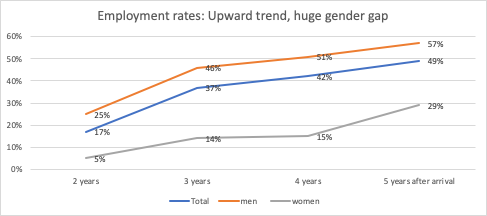

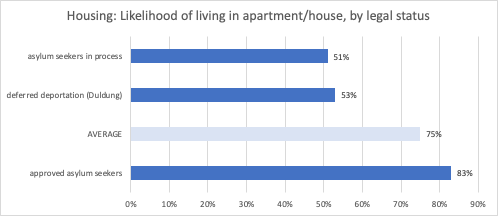
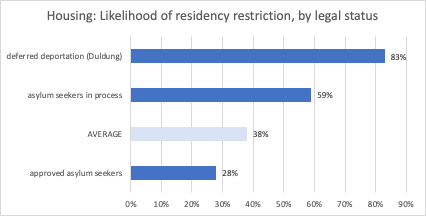
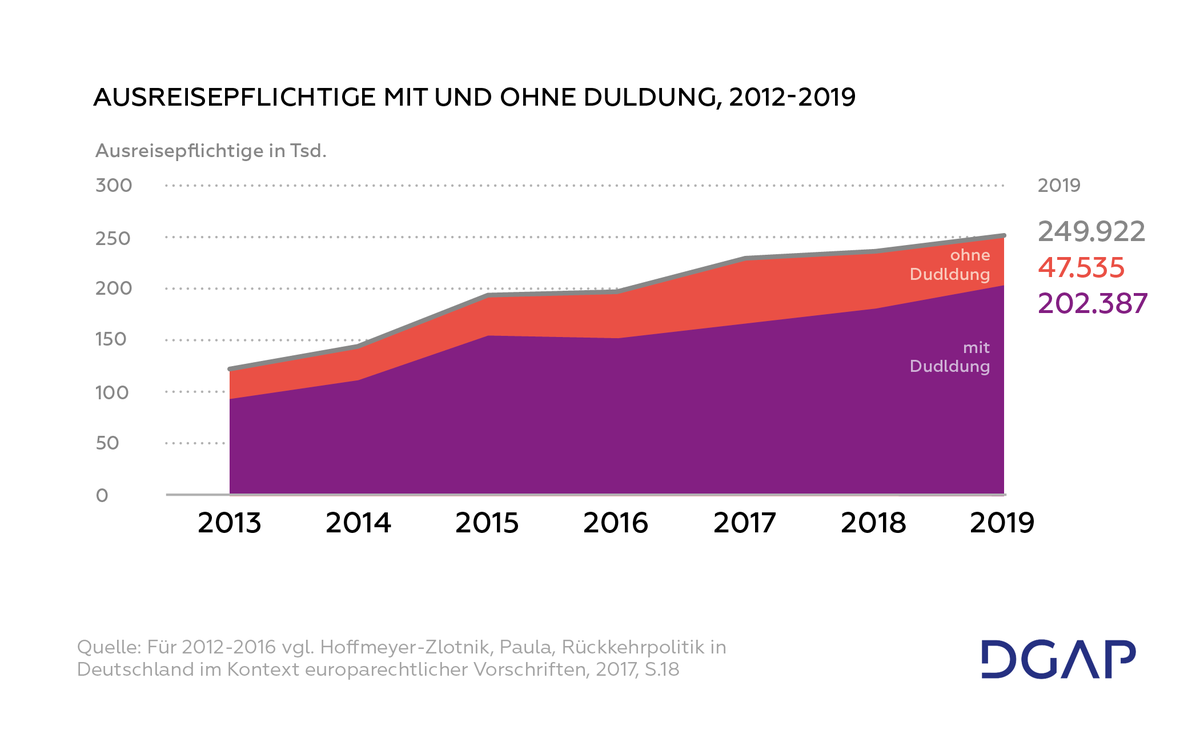
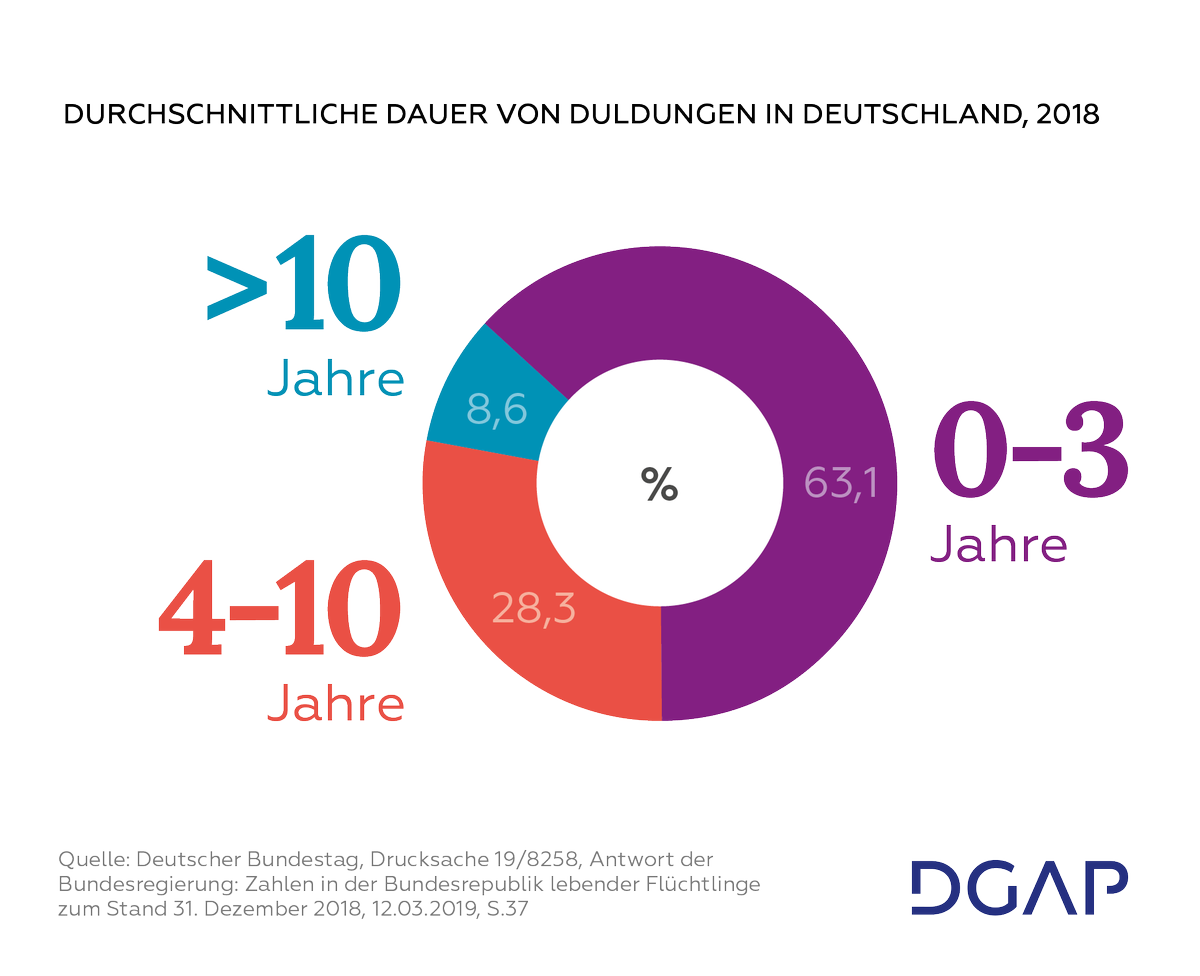 https://dgap.org/de/forsch..." title="...even though many of them will stay in Germany for a long time. This legal limbo is bad for the people in Duldung AND bad for Germany. 7/12 Source @dgapev https://abs.twimg.com/emoji/v2/... draggable="false" alt="👉" title="Rückhand Zeigefinger nach rechts" aria-label="Emoji: Rückhand Zeigefinger nach rechts"> https://dgap.org/de/forsch..." class="img-responsive" style="max-width:100%;"/>
https://dgap.org/de/forsch..." title="...even though many of them will stay in Germany for a long time. This legal limbo is bad for the people in Duldung AND bad for Germany. 7/12 Source @dgapev https://abs.twimg.com/emoji/v2/... draggable="false" alt="👉" title="Rückhand Zeigefinger nach rechts" aria-label="Emoji: Rückhand Zeigefinger nach rechts"> https://dgap.org/de/forsch..." class="img-responsive" style="max-width:100%;"/>
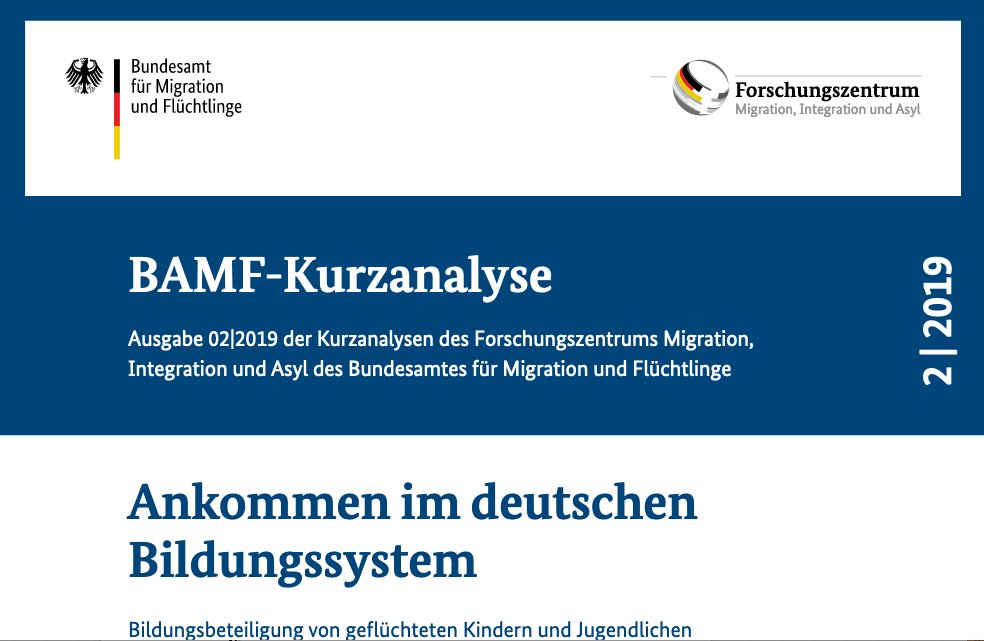
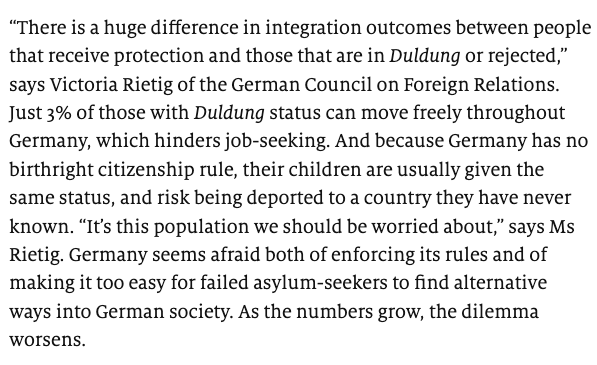 . @TheEconomist nails it: "Germany seems afraid both of enforcing its rules and of making it too easy for failed... 11/12" title="How to fix this in the future? We need a strategy what to do with the 1/4million people without legal status in https://abs.twimg.com/emoji/v2/... draggable="false" alt="🇩🇪" title="Flagge von Deutschland" aria-label="Emoji: Flagge von Deutschland">. @TheEconomist nails it: "Germany seems afraid both of enforcing its rules and of making it too easy for failed... 11/12" class="img-responsive" style="max-width:100%;"/>
. @TheEconomist nails it: "Germany seems afraid both of enforcing its rules and of making it too easy for failed... 11/12" title="How to fix this in the future? We need a strategy what to do with the 1/4million people without legal status in https://abs.twimg.com/emoji/v2/... draggable="false" alt="🇩🇪" title="Flagge von Deutschland" aria-label="Emoji: Flagge von Deutschland">. @TheEconomist nails it: "Germany seems afraid both of enforcing its rules and of making it too easy for failed... 11/12" class="img-responsive" style="max-width:100%;"/>
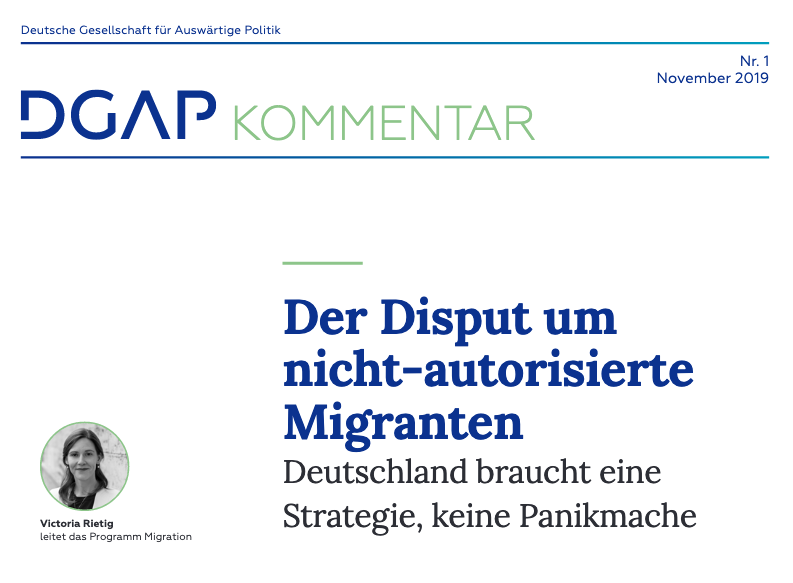 https://dgap.org/de/forsch... 12/END" title="...asylum-seekers to find alternative ways into German society. As the numbers grow, the dilemma worsens." Take note @BMI_Bund @AuswaertigesAmt @BK_Amt: This legal limbo problem is not going to go away. We need pragmatic solutions. Here our ideas https://abs.twimg.com/emoji/v2/... draggable="false" alt="👉" title="Rückhand Zeigefinger nach rechts" aria-label="Emoji: Rückhand Zeigefinger nach rechts"> https://dgap.org/de/forsch... 12/END" class="img-responsive" style="max-width:100%;"/>
https://dgap.org/de/forsch... 12/END" title="...asylum-seekers to find alternative ways into German society. As the numbers grow, the dilemma worsens." Take note @BMI_Bund @AuswaertigesAmt @BK_Amt: This legal limbo problem is not going to go away. We need pragmatic solutions. Here our ideas https://abs.twimg.com/emoji/v2/... draggable="false" alt="👉" title="Rückhand Zeigefinger nach rechts" aria-label="Emoji: Rückhand Zeigefinger nach rechts"> https://dgap.org/de/forsch... 12/END" class="img-responsive" style="max-width:100%;"/>


